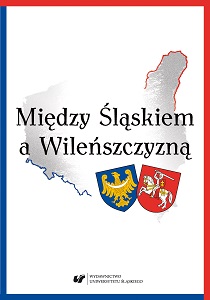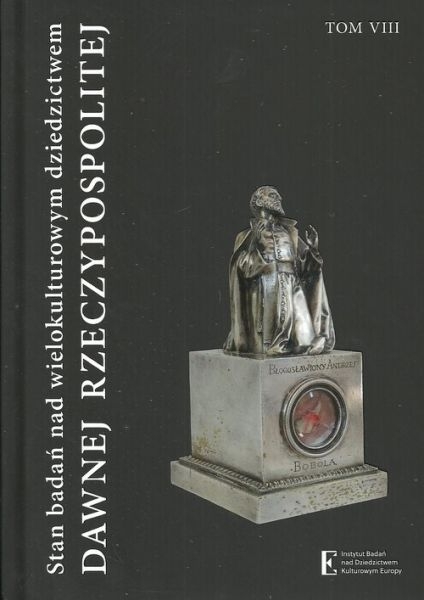
We kindly inform you that, as long as the subject affiliation of our 300.000+ articles is in progress, you might get unsufficient or no results on your third level or second level search. In this case, please broaden your search criteria.



















Borderland areas continue to be the object of reflections and studies. Oneexample of the changing scope of research on borderland areas is the study ofthe Lviv School of Architecture. The article presents the development of theconcept of the Lviv School of Architecture and the change in the scope of research:its extension to cover more and more areas and phenomena.The Lviv School of Architecture includes architects working and educatedin Lviv who graduated from the Technical School functioning there since 1844(in the years 1918–1939 known as the Lviv Polytechnic) or the graduates of theArts and Industry School in Lviv (of lesser importance). The term ‘Lviv Schoolof Architecture’ referred to artists working in Lviv and in nearly all Central Europe.The influence of this school of architecture actually covered any area wherearchitects educated and developed in Lviv were working. The representativesof the Lviv circle worked in many borderland areas, but the influences of theLviv School of Architecture were the strongest in the northern and southernlands (Pomerania, Gdynia, Vilnius region) and dominated in the eastern andwestern lands (Silesia, former Galicia).Recently, the scope of study of the Lviv School of Architecture has beensignificantly extended. Analyses did not only focus on the architecture of the19th century and the early 20th century, but also on works created later, in theinter-war period and after WWII. The most important works concerning thesubject are presented in this article.
More...